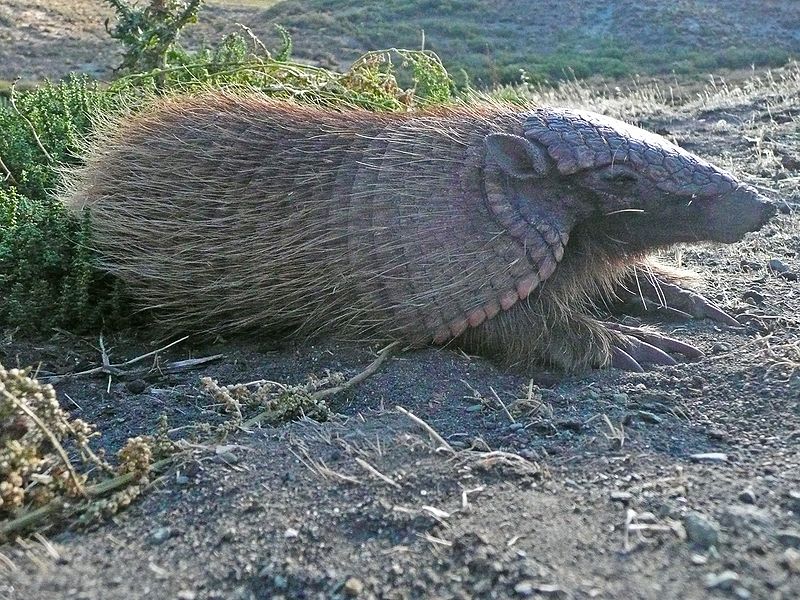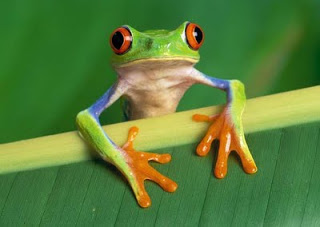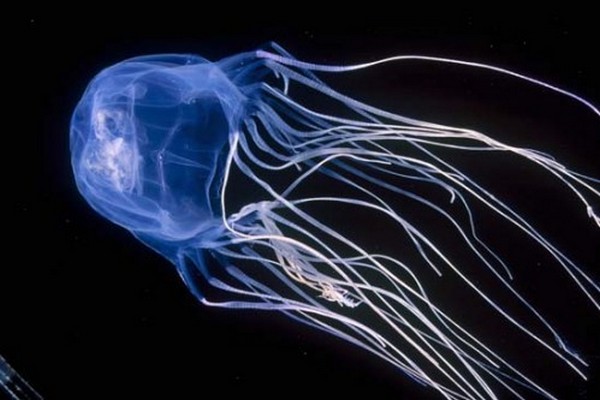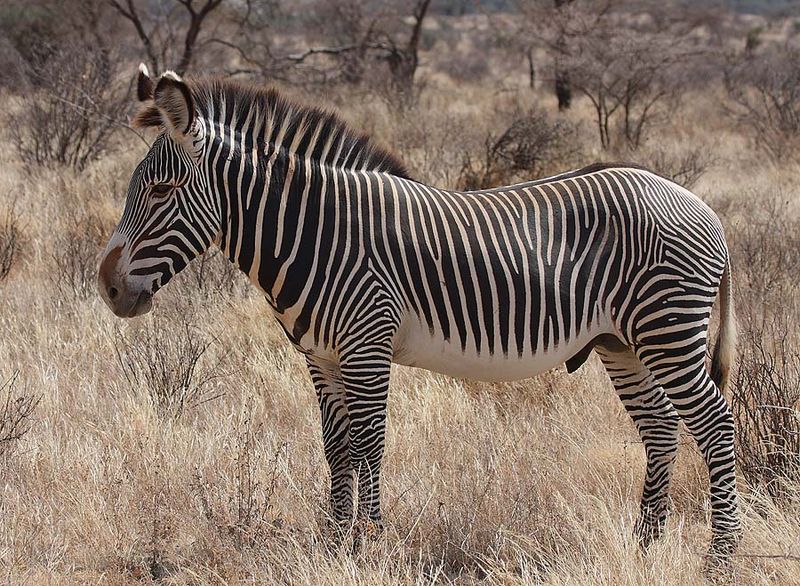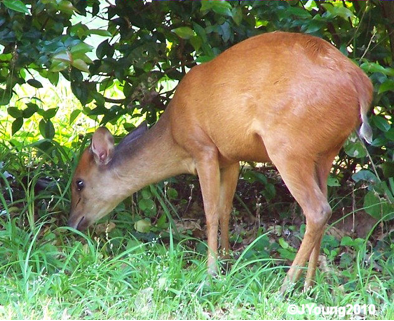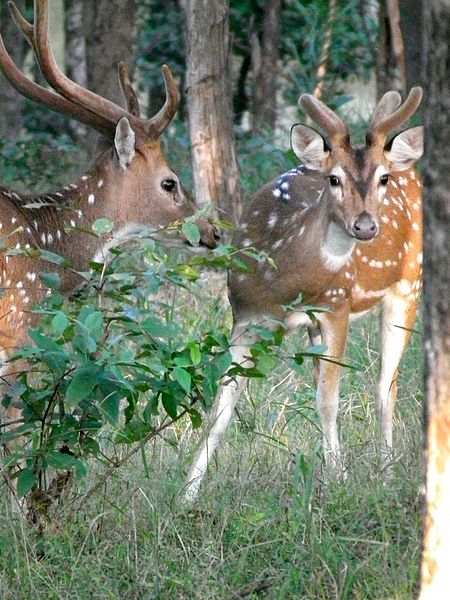
So it looks like it is time to learn about another amazing animal species inhabiting this wonderful world of ours. Today, we are heading to the Indian Sub-Continent (and Sri Lanka) to learn about a small deer called the Chital Deer. If you are living in Australia then you can save some money on air-fare since you can also find this species of deer in Queensland as they somehow became introduced to this location. Incidentally, they are considered to be pests in Australia, which isn’t really a surprise since many introduced animals become a nuisance. Just one more reason why we shouldn’t interfere with Mother Nature.
The Chital Deer stands at about 90 cm (3′) tall and usually weigh around 85 kg (187 lbs), so smaller compared to other ungulate species but still a nice size. I am sure you noticed from the picture that they tend to have the typical tawny-coloured coat covered with white spots, which is a really nice look for them. What you may not have noticed in the picture is the fact that the tail of the Chital Deer tends to be larger than most other deer species. I am not sure what the purpose of the larger tail is but I bet they are proud of it.
In their natural range (i.e. India) the Chital Deer is usually found in large numbers throughout the forests and open grasslands, with the highest number of Chital Deer being found in the forest of India where they like to munch on grasses and shrubs. As I just alluded to, these deer species are typically grazers feeding on grasses and small shrubs; however, they have been known to mix it up a little and feed on fruit, forbs and tree branches.
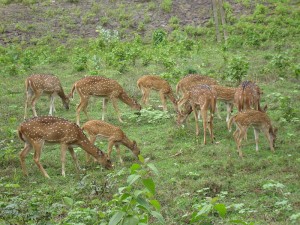
You can probably guess that a smaller deer species like the Chital has quite a few predators, including tigers, dholes, leopards and crocodiles. Interestingly enough, they have formed a relationship with the Northern Plains Gray Langur, which is a leaf-eating monkey. You see the monkey has great eyesight and as such will perch up in the trees and notify the deer (and other monkeys) if trouble is approaching. Similarly, the Chital Deer has a great sense of smell and they will notify their monkey friends if they get a whiff of a mean ol’ bully approaching. This is why you will often see these Langur’s grazing on the ground around a group of Chital Deer. Isn’t it nice when nature works together?
So it looks like we are at the end of today’s Wild Fact. I hope you enjoyed learning about the Chital Deer and I will see you tomorrow for another fun Wild Fact.

